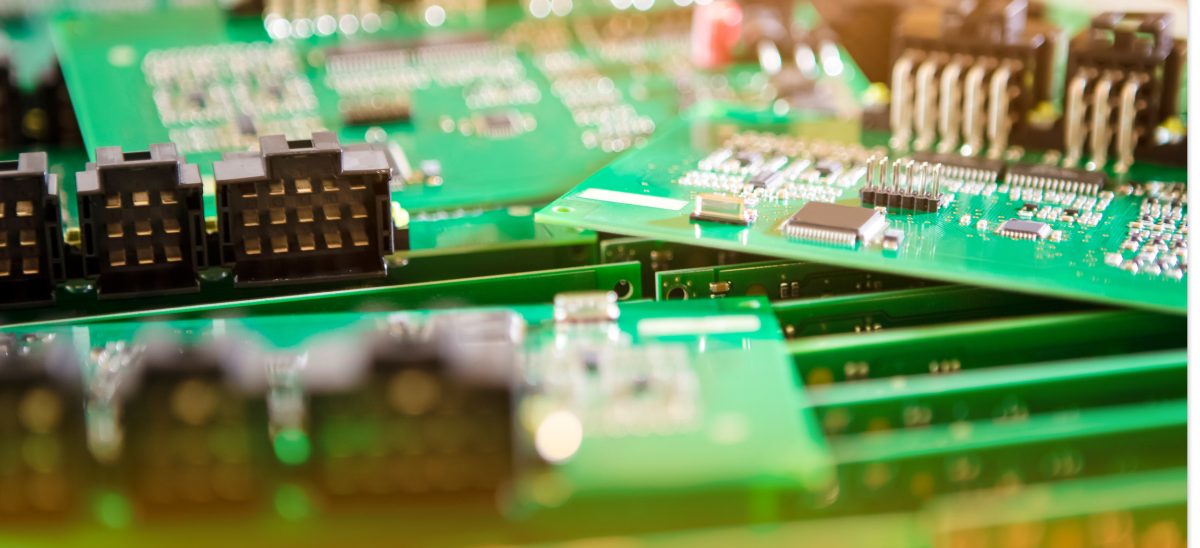Contents
- 1 What are Board Stiffeners?
- 2 Why is it Different from a Busbar?
- 3 Do Flex and Rigid-Flex PCBs Need Stiffeners?
- 4 Benefits of Using PCB Stiffeners in Your Designs
- 5 Can Stiffeners Affect PCB Performance?
- 6 How to Select the Right PCB Stiffener Material
- 7 How to use Board Stiffeners on your PCB?
- 8 Rounding Up
What are Board Stiffeners?
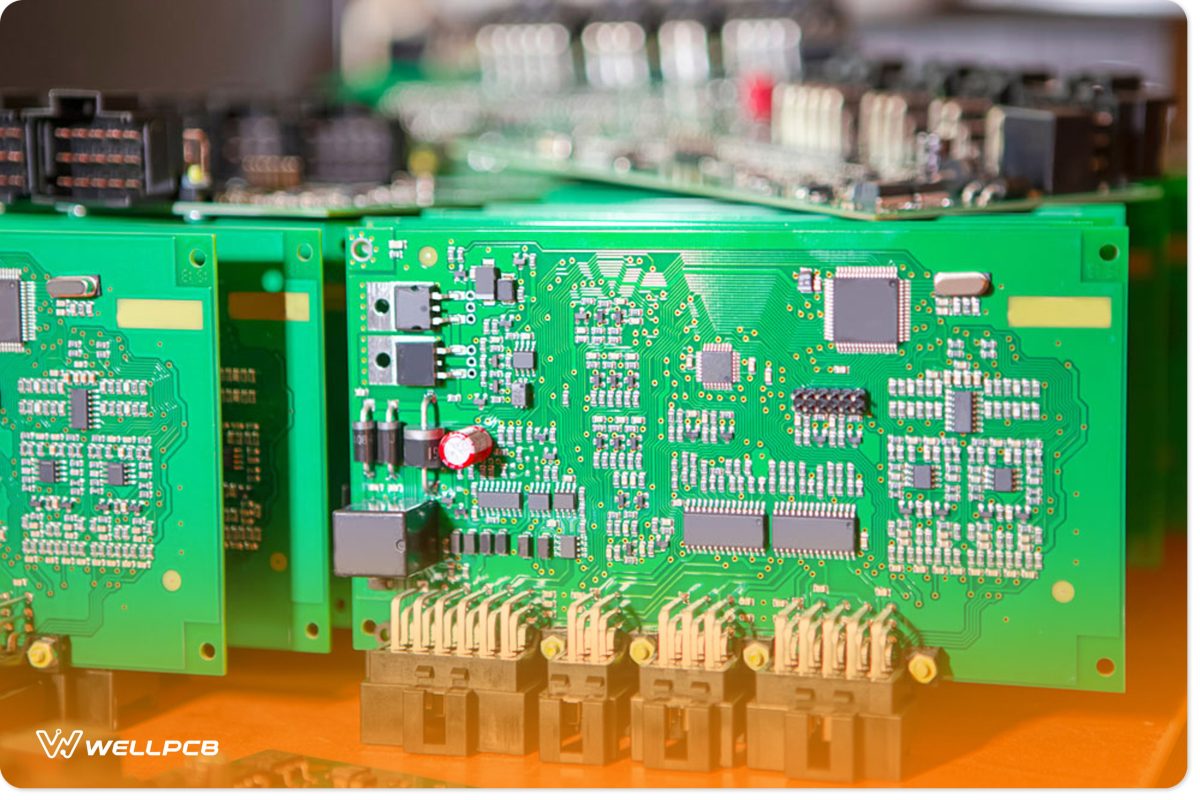
Interestingly, board stiffeners are not part of a PCB’s original structure. Instead, manufacturers add them to a finished board to provide extra support where needed.
Despite being an add-on, board stiffeners play an important role, from easing the handling of PCBs to reinforcing otherwise fragile areas of the board.
In essence, PCB stiffeners effectively enhance the durability of the board, helping it withstand the rigors of manufacturing and usage.
For applications requiring both flexibility and durability, and rigid-flex designs are an ideal choice, combining the support of rigid elements with the adaptability of flexible circuits to meet complex design requirements.
Why is it Different from a Busbar?
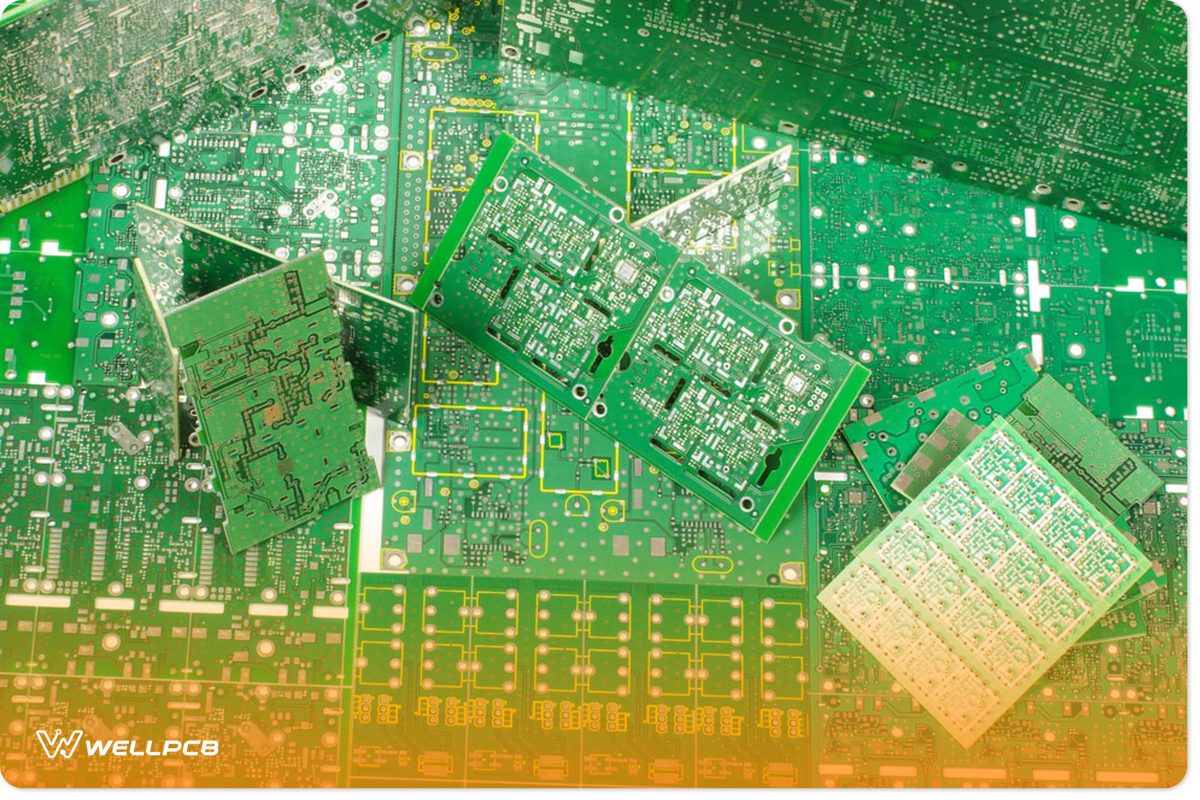
Multiple PCBs
Although PCB stiffeners and busbars are tricky to differentiate, one essential detail tells them apart.
In truth, all busbars are board stiffener variants, but not all PCB stiffeners are busbars.
Additionally, busbars feature an extra dielectric coating, allowing them to conduct power.
Also, most manufacturers make busbars from copper or brass. And they consist of multiple layers.
Do Flex and Rigid-Flex PCBs Need Stiffeners?
We must explore flex and rigid-flex PCBs before answering this question.
Flexible PCBs feature malleable base materials, allowing you to design circuits for various devices.
A flex PCB’s nature demands the use of board stiffeners.
After all, some areas of a flex PCB always need more support than others—and the base material can’t handle everything.
On the other hand, rigid-flex PCBs are board types with strengthened and malleable areas.
Naturally, board parts requiring extra support don’t bend, while other areas remain bendable.
So, it’s easy to think that such PCBs won’t need stiffeners since manufacturers make them with built-in support.
However, rigid-flex and flex PCBs can benefit from PCB stiffeners after installing all the components.
In addition, each board’s function makes it necessary to add PCB stiffeners, as it protects the malleable design from tearing under stressful conditions.
Benefits of Using PCB Stiffeners in Your Designs
Let’s examine the benefits of adding board stiffeners to your PCB designs.
Rigidity
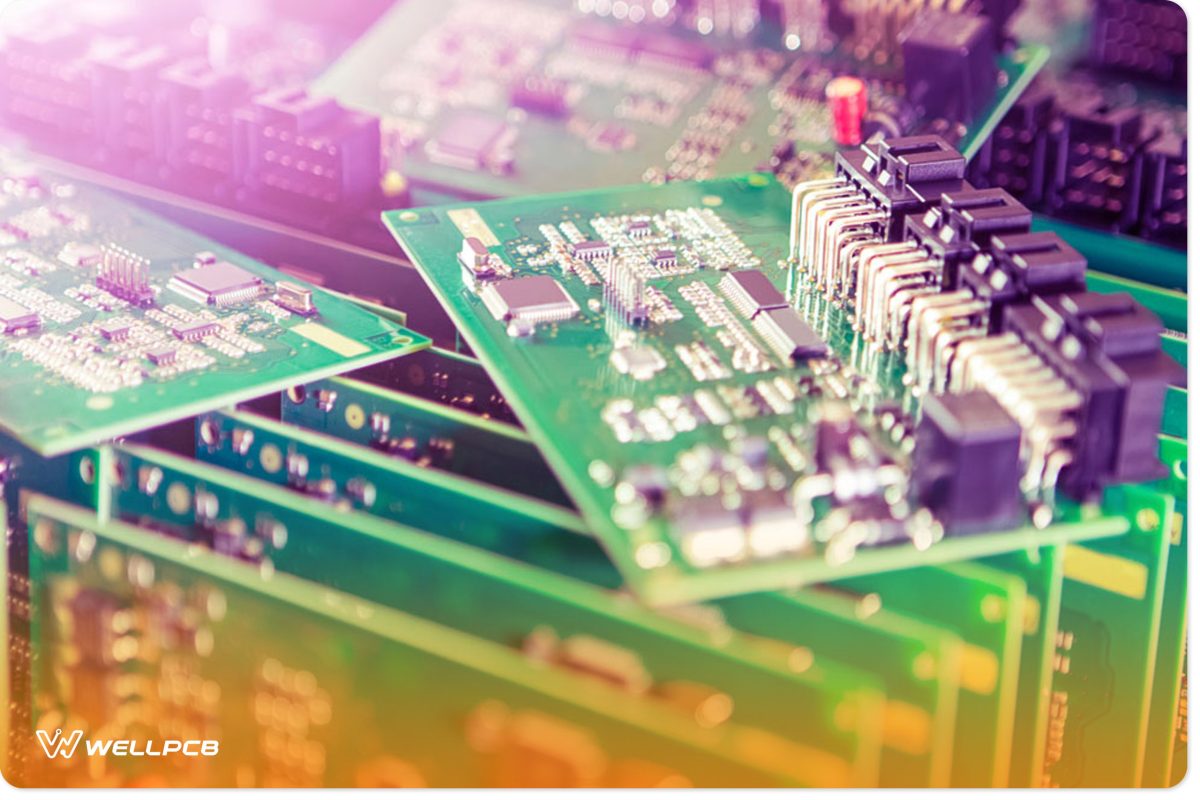
PCB with components
The purpose of board stiffeners is to protect PCBs from bending by making them rigid.
In addition, including stiffeners in your design will help reduce or cancel out vibrations throughout the board.
Also, rigidity comes in handy during the soldering process.
Typically, soldering can weaken a board’s structure, but stiffeners help patch this problem.
And they ensure that your board is flat, which reduces the risk of solder failures.
Strengthening
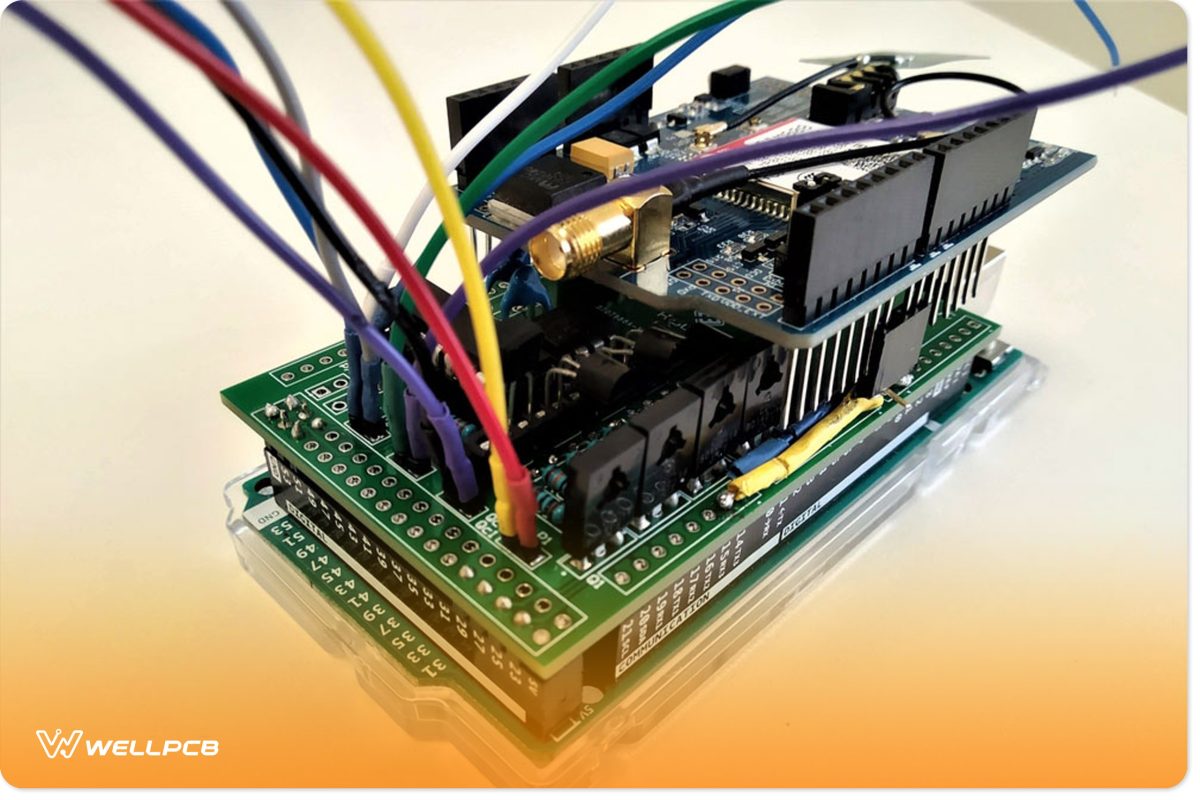
Stacked circuit boards
Applying board stiffeners to various board areas helps to enhance the board’s overall strength.
And it enables you to install support in necessary sections—without covering the entire board.
Further, board stiffeners can prevent sagging when working with PCB stacks.
Also, they help prevent shorts from happening between stacked circuit boards.
In addition, stiffeners serve as connectors for flex circuit boards, ensuring a strengthened PCB collection.
Also, you can use stiffeners to straighten warped boards.
Conductivity
You can add conductivity to your board by using busbars.
In addition, busbars offer extra support, allowing you to enjoy the best of both worlds.
Can Stiffeners Affect PCB Performance?
Undoubtedly, board stiffeners can enhance PCB performance. And they do this by reducing the stress that affects the board’s overall function.
In addition, board stiffeners increase board reliability.
No doubt, PCBs are incredibly fragile without stiffeners.
So, stiffeners help to protect all components and even allow spot strengthening.
These benefits are essential because reinforcing the entire board is not ideal, as it increases the overall weight and keeps the board completely rigid.
Generally, board stiffeners allow PCBs to perform tasks and work as a durable component in any device.
In other words, these boards won’t break down or suffer from wear and tear damage before the end of their lifespan.
How to Select the Right PCB Stiffener Material
FR4 or rigid polyimide are widespread materials used to make PCB stiffeners.
Also, Kapton is a frequently used polyimide for stiffeners.
In addition, the typical stiffener thickness ranges from 0.002” to 0.059.” In contrast, Kapton stiffeners are usually between 0.002” to 0.010,” while rigid variants range from 0.008” to 0.059.”
Also, thicker PCB stiffeners offer better support, but each design has different requirements. For example, some applications require aluminum or stainless steel as materials for PCB stiffeners.
However, their high prices make them disadvantageous.
How to use Board Stiffeners on your PCB?
You can place the PCB stiffener on the same side for plated through-hole components.
This process will grant easier access to solder pads on flex circuits.
Also, you can install stiffeners on both sides of an area, but such cases require array configuration review during PCB assembly.
In addition, flex PCB designs requiring assembly arrays require FR4 stiffeners across the array border.
This process helps you to avoid extra tooling plates.
Also, it allows flex boards to run through automated assembly processes like their rigid counterparts.
However, attaching board stiffeners requires heat and pressure.
And you can use pressure-sensitive adhesives to install PCB stiffeners.
Additionally, two widespread adhesive types for board stiffener installation include:
- Thermally bonded adhesives
- Pressure-sensitive adhesives
It would be best if you also considered some factors before choosing an adhesive. Usually, these factors include:
- Chemical resistance
- Adhesive capacity (for different materials)
- Thermal exposure
Rounding Up
Board stiffeners are essential add-ons that grant many benefits to printed circuit boards.
They can increase durability, serve as connectors between stacks, and even enhance connectivity.
In addition, you can strengthen specific areas with stiffeners without covering the entire board.
And attaching board stiffeners wrongly can affect your PCB’s overall performance.
Nevertheless, you can use various methods and adhesives to install board stiffeners without issues.
Do you have any questions?
Be sure to contact us, and we’ll be happy to help.
